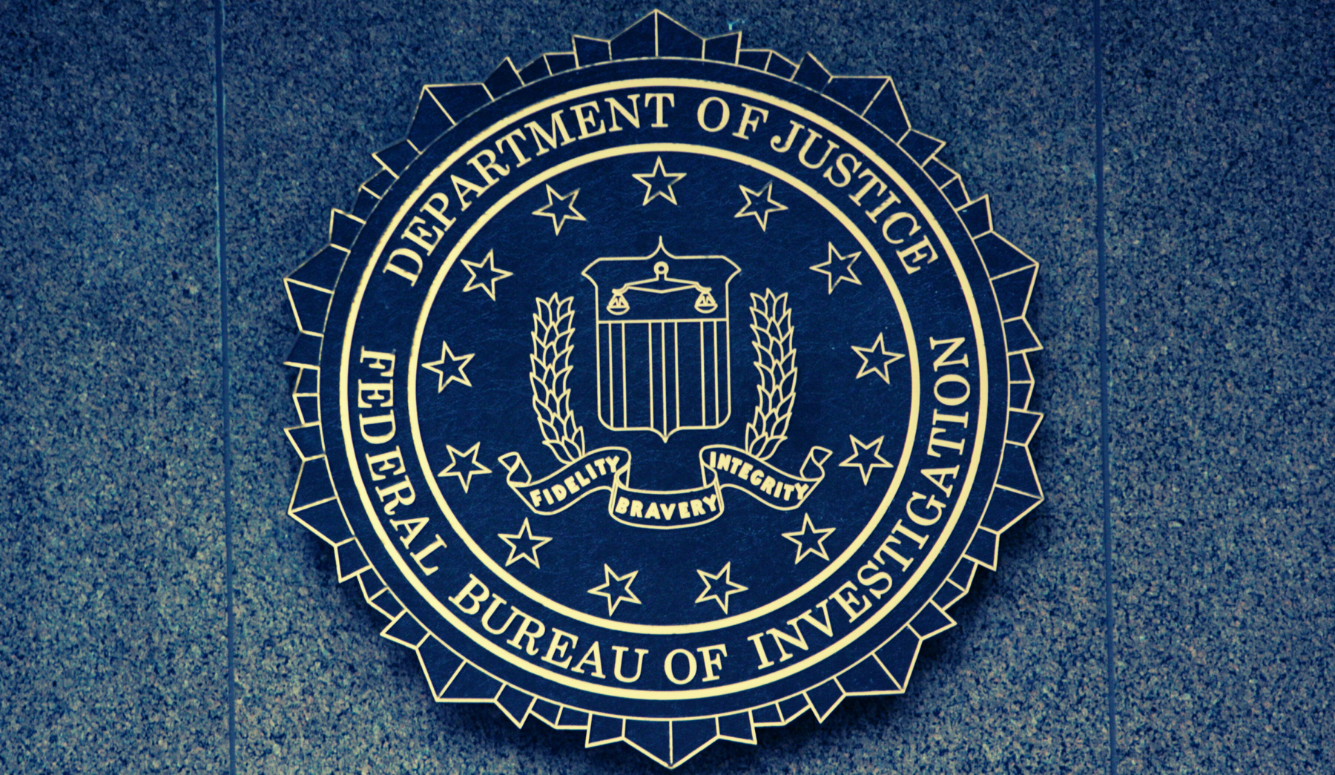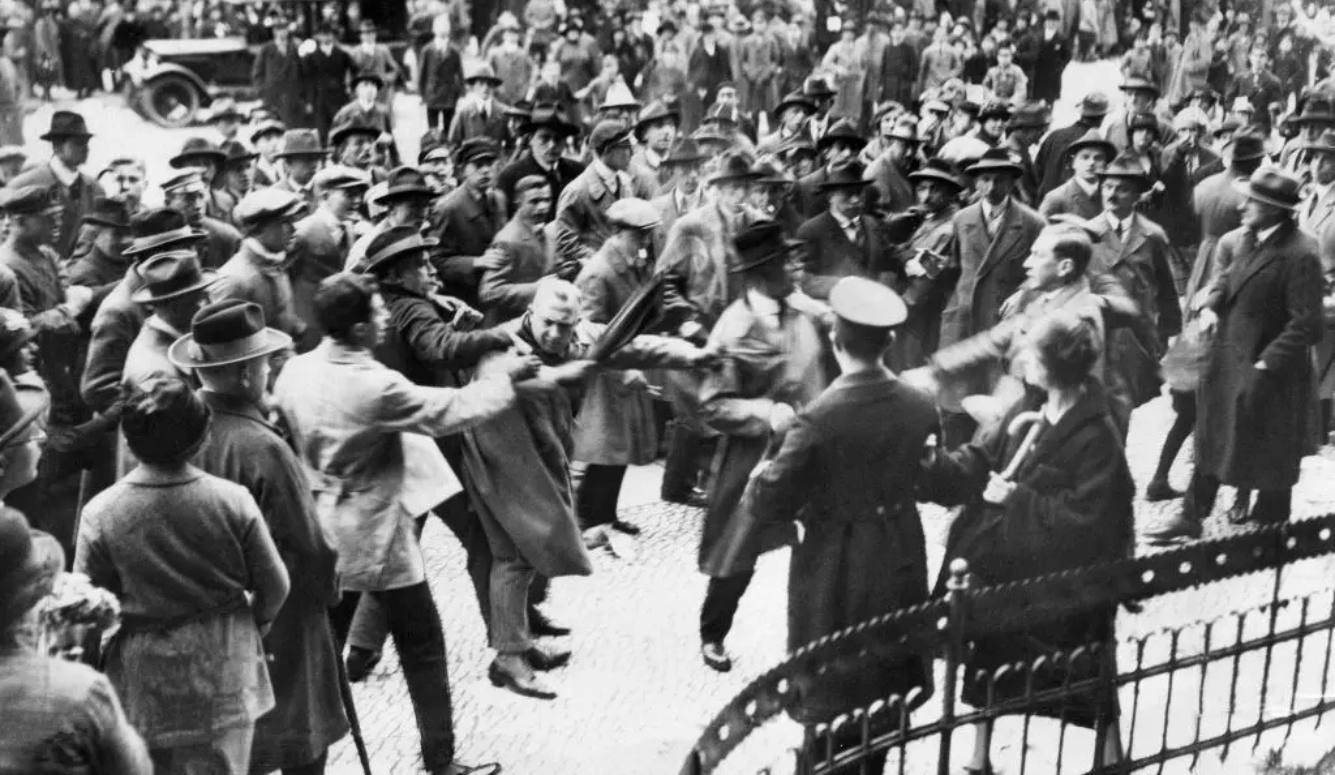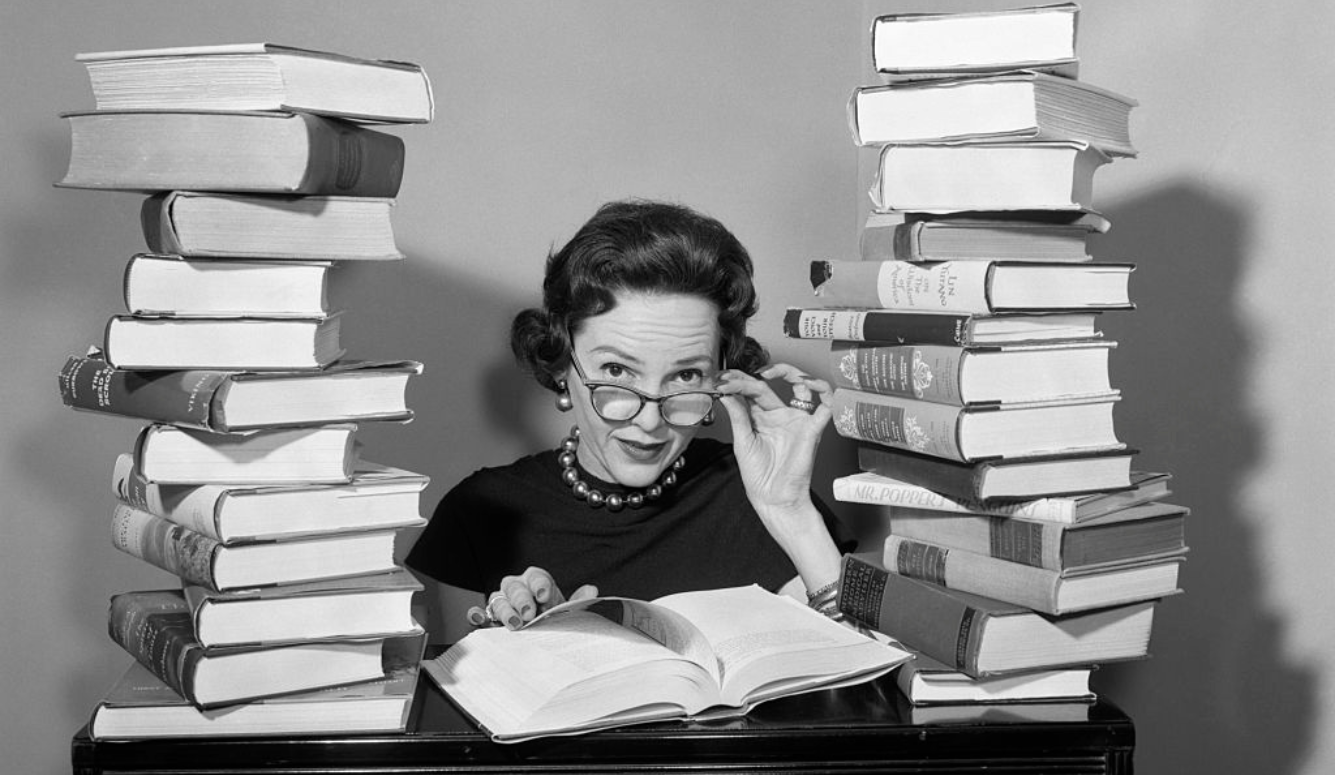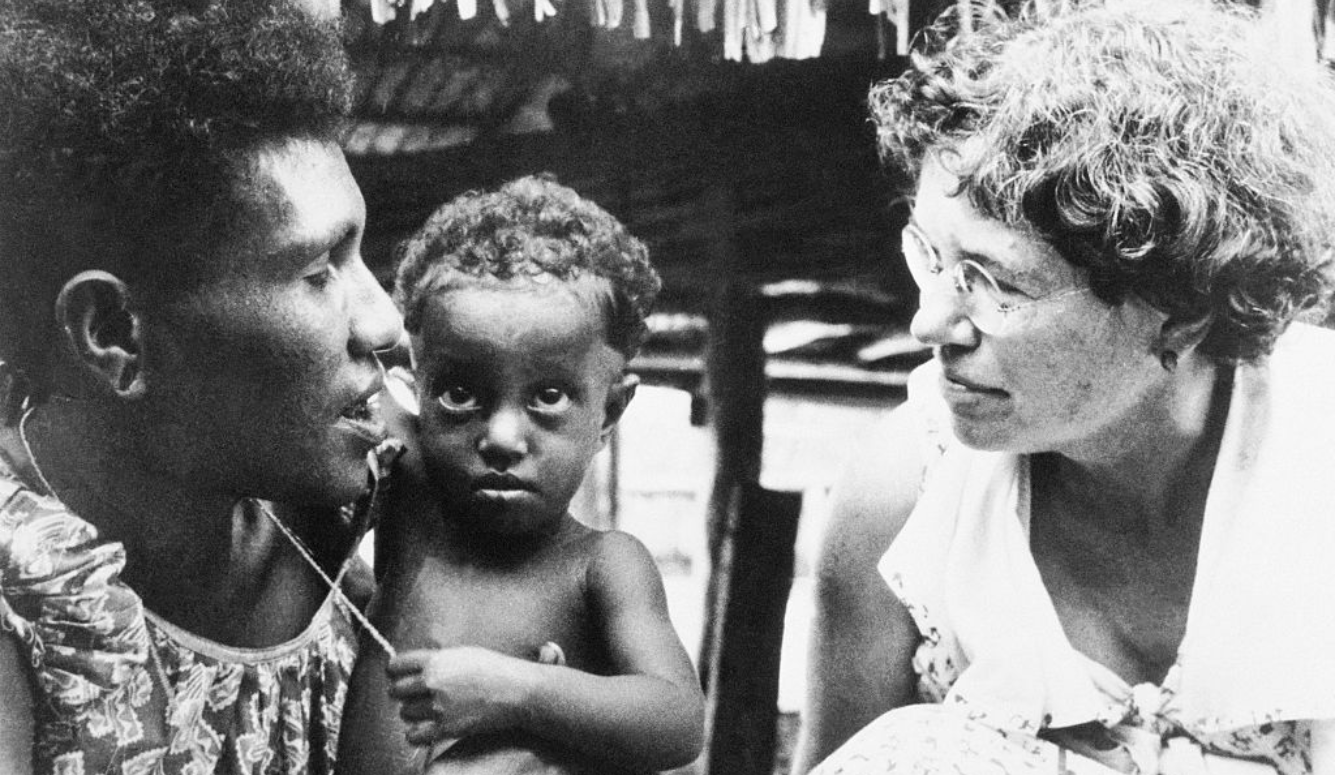History
Detonation Days
Garrett Graff’s new book provides the story of America’s quest for the bomb with a valuable human quality without sacrificing the epic sweep.

A review of The Devil Reached Toward The Sky: An Oral History of the Making and Unleashing of the Atomic Bomb by Garrett Graff, 608 pages, Avid Reader Press/Simon & Schuster (August 2025)
Garrett Graff’s new book about America’s quest for the atomic bomb draws upon hundreds of well-chosen primary sources, and introduces them with some diamond-sharp commentary. The account Graff has assembled is comprehensive and it hits as hard as anything yet written on the topic. It doesn’t have the hard science of Richard Rhodes’s The Making of the Atomic Bomb or the political sophistication of Martin Sherwin and Kai Bird’s biography of J. Robert Oppenheimer, American Prometheus. But by adopting an oral history format and letting the subjects speak for themselves, Graff provides the canon with a valuable human quality without sacrificing the story’s epic sweep.
Graff captures the industrial might of the United States at war and the production line at Ford Motor Company’s Willow Run. “The result of this carefully choreographed industrial ballet,” he writes, “was that a new bomber rolled out of the plant every sixty-three minutes.” Many people were shocked in 1937 when the Nazis used planes to bomb Guernica, but by 1942, carpet-bombing the enemy was widely considered a military necessity. And as Graff shows, World War II was very much a bombing war: “From 1942 onwards, [US] bombs rained down with an almost unending and inescapable ferocity on Axis positions ... including some 656,400 tons on Japanese targets in the Pacific and with the help of the Royal Air Force, some 2.7 million tons of bombs on Europe.”
Graff then segues into the topic at hand by observing that, of the 50,000 bombers that flew sorties during the war, history only remembers the two that dropped the atom bombs on Hiroshima and Nagasaki—the Enola Gay and Bockscar, respectively: “We remember those two planes not because of how many bombs they dropped but how few.” World War II claimed sixty million lives, he reminds us, but “[the atom bombs] killed a hundred thousand people faster than a human could react to the flash of the explosion.” Ultimately, “Little Boy” and “Fat Man” (as the two bombs were known) killed between 210,000 and 246,000 people.
It was Robert Fuhrman, an engineer on the Manhattan Project, who correctly noted that while World War II was “a big military operation … it was equally a scientists’ and mathematicians’ war.” Graff takes us back to the late 1930s, when Adolf Hitler’s antisemitism provided the United States with the scientific talent that would ultimately build the world’s first atomic bomb. “Hitler’s campaign against the Jews cost him most of the greatest people I had studied with,” physicist Eugene Wigner recalled.
Now stateside, some of these émigré scientists became queasily aware that scientists in Nazi Germany had the scientific talent—and quite possibly the materials—to make an atom bomb. In their effort to prevent Hitler from acquiring such a device, they soon found an ally in Albert Einstein, who was willing to do anything to prevent such a prospect from becoming a reality. So in August 1939, Einstein wrote a letter to then-US president Franklin Roosevelt warning him about the progress the Nazis were making on their own atom-bomb project. Europe was then plunged into full-blown war when the Nazis invaded Poland on 1 September. Roosevelt responded by immediately creating a Committee on Uranium Research.
To get the military aspects of the project moving, Major General Leslie Groves—an army engineer who built the Pentagon—was appointed to head what was now being called the Manhattan Project. Groves needed someone to lead Project Y, the unit that would build the bomb, and he turned to J. Robert Oppenheimer. Graff is frank about the security risks Oppenheimer posed to such a sensitive task, and he quotes the scientist’s own remarks about his leftist commitments: “[I had been] a member of just about every Communist front organization on the West Coast. … I might have appeared at the time as quite close to the Communist Party. … But I was never a member of the Communist Party, I never accepted communist dogma or theory; in fact, it never made sense to me.”
This account resembles the one provided by Christopher Nolan in his 2023 biopic, but historian Ronald Radosh says it is “bullshit.” Oppenheimer, he says “was not only a Communist Party member, he was also chief of his group at the university chapter and wrote their Party newsletters. There are scores of articles documenting this, including a lengthy New York Times investigation. These demonstrate that Oppenheimer’s biographers Kai Bird and Martin Sherwin refused to accept the evidence. John Haynes and Harvey Klehr have proven the case, as has the former Stanford historian Barton Bernstein, whose article on this topic is definitive.”
Further complicating matters was the awkward fact that Oppenheimer was related to and intimately involved with communists. His brother Frank and his wife Kitty were both communists, and so was his on-again off-again girlfriend Jean Tatlock. But Graff notes that Groves was pragmatic about such things. He believed Oppenheimer had a good grasp of the bomb design and the kind of organisational mind needed to establish and supervise the project. So, Groves granted Oppenheimer security clearance in 1943. “I never felt that it was a mistake to have selected and cleared Oppenheimer for his wartime post,” he later recalled. “He accomplished his assigned mission and he did it well.”
It was Oppenheimer who decided that the scientific work ought to be centralised in a single laboratory, and who recommended that Groves build that laboratory in the deserts of Los Alamos in New Mexico. The scientists—many of whom were refugees from Hitler—were soon living in facilities hemmed in by barbed wire. MPs patrolled the base and their mail was read and sometimes censored. Some of the physicists used to the free discussion of the classroom chafed under these security restrictions. Still, work progressed steadily, and by 1944, the idea of firing the bomb at Hitler from a gun turret had been abandoned in favour of dropping it out of an aircraft.
By the time the device was ready to be tested, the war had changed. Hitler had been defeated and Japan lacked the scientific capacity to build an atomic weapon of its own. Under these new conditions, some of the scientists who worked on the project were now against its use. Their opposition only hardened after the bomb was successfully tested in July 1945. But Graff shows that Oppenheimer was not one of these dissenters. Like then-President Harry Truman and General George Marshall (who were both combat veterans), he believed that dropping the bomb on Japan would ultimately save lives.
Here, Graff leaves a gap where the testimony of those soldiers whose lives were spared ought to be, although that gap can be filled by consulting Paul Fussell’s 1981 essay, “Thank God For The Atom Bomb.” Fussell shows that, absent the bomb, the Allies were looking at a land invasion of Japan followed by a nasty war of attrition. Although he had already been wounded by Nazi bullets, Fussell was to be part of that invasion, so he didn’t share the atomic scientists’ moral qualms about using the bomb.
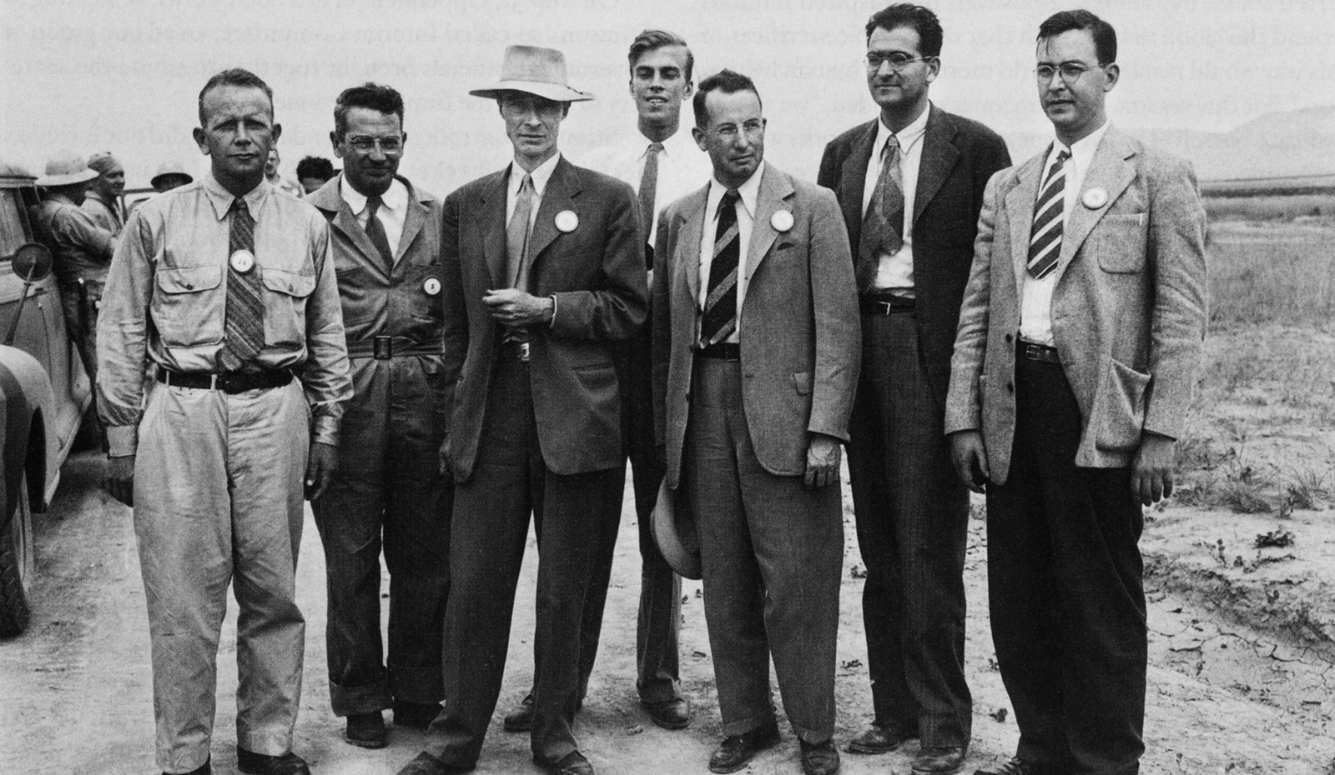
The fighting became “more vicious the closer we got to Japan,” recalled one soldier, Pfc. E.B. Sledge, quoted by Fussell. Sledge and company knew a land invasion was scheduled for July 1945 and that it would be a bloodbath; military planners on the Allied side believed it would take a full year to subdue the Japanese, and that the effort was likely to cost a million lives. “What we experienced,” Sledge wrote, “in fighting the Japs (pardon the expression) on Peleliu and Okinawa caused us to formulate some very definite opinions that the invasion … would be a ghastly bloodletting. It would shock the American public and the world. [Every Japanese] soldier, civilian, woman, and child would fight to the death with whatever weapons they had, ride, grenade, or bamboo spear.”
A report commissioned by Henry L. Stimson estimated that an invasion would result in the deaths of between 1.7 million and four million American soldiers. Worse, as Fussell shows, Japan wanted the invasion to happen. One Japanese soldier summed up the prevailing mood: “Since the retreat from Guadalcanal, the Army has had little opportunity to engage the enemy in land battles. But when we meet in Japan proper, our Army will demonstrate its invincible superiority.”
But dire predictions of what a land war would entail were not enough to assuage anxieties on the Allied side about the alternative. Graff quotes Hungarian physicist Leo Szilard, who said this of the government officials tasked with deciding whether or not to use the atom bomb: “I was very unhappy with the composition of the committee because so many of the people had a vested interest that the bomb be used. You see, we had spent two billion dollars. [They] felt a responsibility for having spent two billion dollars and they would, I think, have very much regretted not having something to show for it. The Army was determined to drop the bomb.”
The option of testing the bomb in front of a Japanese delegation to demonstrate its awesome power was considered and rejected. But Graff reveals that “Oppenheimer could think of no demonstration sufficiently spectacular enough to convince the Japanese to surrender. In addition, the demonstration might be a dud, and probably most important would result in losing the shock of surprise.” So, the test was conducted without a delegation but it was not a dud. Those witnesses who were not lying face down on the ground never forgot what they saw. Graff quotes one physicist, Rudolf Peleris, who said, “We had known what to expect but no amount of imagination could have given us a taste of the real thing.” Another physicist, Joan Hinton stated, “The light withdrew into the bomb as if the bomb sucked it up.”
Now equipped with the atomic bomb, President Harry Truman regarded it as a weapon, pure and simple. He just had to decide where in Japan to detonate it. Hiroshima was finally selected as the most suitable target. During World War II, it was a major shipping area, and the headquarters of the Second General Army and the Chugoko Regional Army. The Army Marine Headquarters was situated at a nearby port, and the city also contained a large supply of military equipment. So, it was a prime military target. The military in Hiroshima sensed something was coming because the city had not been the target of Allied bombers.
Graff is especially good at marshalling the quotes about the victims of the atomic bomb. As predicted by the Allies, Japanese schoolchildren became citizen soldiers: “Hiroshima was a military capital, full of army and navy facilities. Children in that town were all like minisoldiers,” recalled Kimura Yasuko, a third-grader at the time. Some Japanese believed that Hiroshima had been untouched by Allied bombs because it was a holy city, protected by God. That illusion survived until Monday 6 August 1945, when an American Superfortress bomber called the Enola Gay released the bomb codenamed “Little Boy” and it killed 70,000 people.
Graff provides graphic and harrowing descriptions of the horror that followed. The pressure from the blast blew citizens’ clothes off. Burned skin hung from children’s faces “like a rag.” People wandered aimlessly through the devastation. Hiroshima had been flattened, and he estimates that the final tally of deaths from radiation was between 90,000 and 140,000. “Unstoppable” fires consumed parts of the city and black rain fell on the city. “Nobody there,” recalled school child Yamaoka Michiko, “looked like human beings.”
The mood in America, on the other hand, was jubilant once Truman announced what had just happened at Hiroshima. At Oak Ridge, where the bomb was manufactured, “project spouse” Juanita Cardwell was “thrilled”: “We did not feel guilty. We were happy because we thought the end certainly justified the means. I had two brothers in the Pacific. One was a Marine ready to assault Japan. So that took care of my conscience.”
And yet—amazingly—the Japanese refused to surrender. So, a second bomb would have to be dropped on Nagasaki three days later, the site of Japan’s “largest shipbuilding and repair center and an important producer of naval ordinance.” The Nagasaki bombing, though, did not go as smoothly as the attack on Hiroshima. Holes were found in the bomb casing as it was being taken to the plane. Owing to technical difficulties, the bomb would have to be “armed and live when it was loaded onto the plane,” recalled Major Charles W. Sweeney, which placed the crew in considerable peril: “There was no way to arm it in flight. Thus, my crew and I would be rolling down the runway with a live 10,300-pound plutonium bomb, and because of its weight, there would be just enough runway to gain the proper airspeed. If we crashed on takeoff, we would obliterate the island.”
Unluckily for the Japanese, the plane cleared the runway and headed for Nagasaki, a city that—unlike Hiroshima—had already been targeted by bombing raids. On 9 August 1945, the second bomb, codenamed “Fat Man,” was dropped over the city’s “industrial valley.” It exploded over the factory that built the torpedoes used by the Japanese during the attack on Pearl Harbor. Although more powerful than “Little Boy,” the Nagasaki bomb produced less damage because the destruction was confined to a hillside area. Nevertheless, the devastation was horrific.
Teenager Etsuko Nagano remembered “a flash and it became dark a split second later.” At the Mitsubishi plant, 6,200 workers were killed. Another 17,000–22,000 perished in the city’s factories and munitions centres, and 150 Japanese soldiers were instantly vaporised along with eight POWs. Dr Tautschuiro Akizukisaw saw people with “skulls cracked open by the blast, children with stomach walls torn open with their intestines hanging out.”
Truman did not expect a Japanese surrender, and he was planning to develop more atomic bombs when Hirihito decided he’d had enough. He specifically cited the atomic bomb as the reason for surrender: “The enemy has begun to employ a new and most cruel bomb, the power of which to do damage is, indeed, incalculable, taking the toll of many innocent lives. Should we continue to fight, not only would it result in an ultimate collapse and obliteration of the Japanese nation, but also lead to the total extinction of human civilization.”
In Hiroshima, Australian journalist Wilfred Burchett was horrified by what he saw: “The wards were filled. There was no private place to die … the atom bomb’s ‘peculiar’ disease uncured because it is untreated and untreated because it is undiagnosed is still snatching away lives here. Men, women and children with no outward marks of injury are dying daily in hospitals, some after walking around three or four weeks thinking they had escaped. The doctors here have every modern mendicant but candidly confess that the answer to the malady is beyond them.”
The journey that led to the atomic bombing of Hiroshima and Nagasaki in 1945 is one of belligerence and regret, of blinkered thinking and moral compromises, of patriotism and genocide. Graff’s great achievement is to have captured this story in all its complexity.
Correction: An earlier version of this essay misspelled Kai Bird’s name and neglected to mention his Oppenheimer biography’s co-author Martin Sherwin. Quillette regrets these errors.

